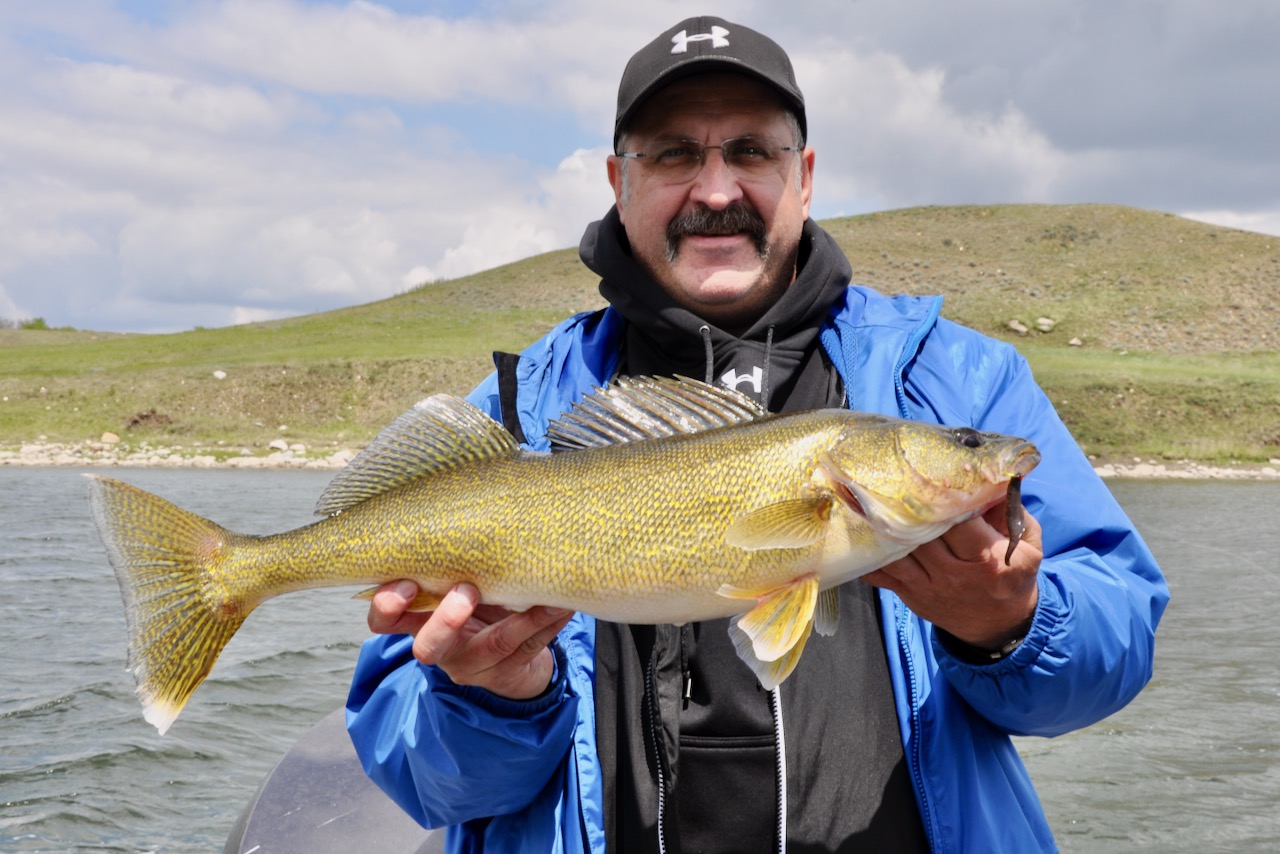WONDER BAIT
Under the right conditions, nothing catches more fish than the versatile and lively leech
Advertisement
 THE APPLICATIONS
THE APPLICATIONS
Many anglers question when to use a leech instead of a nightcrawler. With their enticing wiggle, leeches are best for slow, precision presentations, such as when you know fish are holding on structure. Nightcrawlers are better suited for faster presentations when you’re searching for fish or working very active and aggressive fish. The combination of speed and the enticing motion of a long, rippling worm will often trigger these fish to strike.
You also need to consider water temperature and water clarity. Leeches are not effective in early spring or late fall when the water temperatures drop below 7°C, causing them to become sluggish and roll into an unappetizing ball. Nightcrawlers are a better choice in those situations because they’ll stay stretched out and not wrap around your tackle when trolled or retrieved.
Advertisement
Leeches will stop balling up, stretch out to almost double in length and become more active once the water temperature reaches 8°C to 18°C. They’ll be much livelier than nightcrawlers under those conditions, making them the best choice for late-spring and early-summer fishing trips.
Later in the summer, when the water temperature reaches 18°C to 24°C degrees, leeches will continue to work effectively, although extremely warm water will quickly burn them out. With that in mind, expect to use up more leeches on pitching jigs and live-bait rigs than you did when the water was cooler. It’s a different story, however, when trolling a spinner rig, which will continue to impart action on a burned-out leech.
In stained water, meanwhile, it seems fish are better able to key in on the scent of a leech rather than that of a nightcrawler. In clear water, on the other hand, nightcrawlers tend to attract more fish because they are more visible at greater distances.
Advertisement
Experience has also taught me that leeches will produce better than nightcrawlers during cold fronts, when fish become inactive and anglers slow down their presentations. That’s because leeches will still wiggle and emit scent when used with a slower presentation, while crawlers rely on lure speed to impart action. With leeches, that combination of movement and scent is so seductive that fish just can’t resist it.


 THE APPLICATIONS
THE APPLICATIONS